Last Sunday was the first Sunday in April, known as Geologists’ Day, and rightly celebrated around the world by millions of people. It was originally designated a holiday by the Soviet Union under the leadership of Leonid Brezhnev, a notoriously jolly chap with unbelievably big eye brows. I hope, wherever you live, you tracked down your closest geologist, and gave them a big hug and a giant sloppy kiss. We deserve it because we add so much to your lives, if only you knew.

Да, я люблю геологов
Please, please tell us. What is a Geologist?
But what exactly is a geologist? Ever wondered? You did? Well Urban Crows is here to help.
We’re a diverse group, with at least 10 different-but-related species of geologist (Homo Geologistus), which itself falls under the broader Genus “Scientists”. Geologists exhibit bilateral body symmetry (unless drunk), stereo vision, opposable thumbs, and we normally walk upright; a useful trait not shared by the entire human population, which allows us to see interesting rock formations easily, and run away from senior management.
I’ve compiled an informative list below, describing some of the characteristics of the various species and how to interact with them once you’ve identified which species you’re dealing with. The list is not exhaustive. New species are constantly being discovered and in fact, rumours are reaching me of a newly-described species found only in the jungles of South America, tentatively named Homo Geologistus Saprolitus. But Urbancrows can’t cover them all, so let’s dive in.
Mine Geologists are Hobbits
The Mining Geologist (Homo Geologistus Perforo)
Much like Hobbits, the Mining Geologist is hairy and spends its entire waking day in a hole. They are an endangered species. They use lights to look at rocks in tunnels and holes, trying to find useful, shiny ones that they can crush up and sell to the bloody ingrates who live upstairs. Their traditional subterranean habitats are currently under threat from a misguided public that no longer values shiny rocks, but prefers instead a good toke on a hippy-lettuce roll-up.
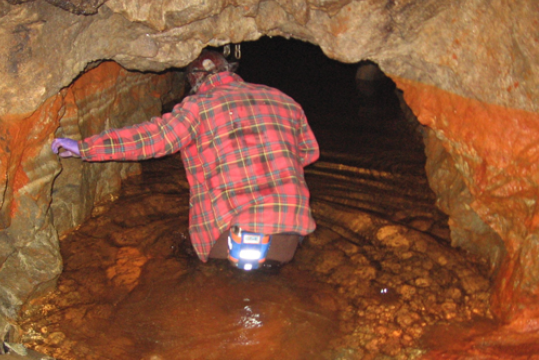
Also, the large-scale, deliberate and thoughtless introduction of the deadly SHE pathogen into the species and other related troglodytes (mining engineers / surveyors / electrical engineers etc.) has cut their rock-foraging time, burdening them with reams of densely-typed, meaningless forms to fill in. This has driven them from their traditional underground habitats to seek an easier living in less familiar ecosystems such as Coffee Bars and Restaurants.
Field Advice: Increasingly rare. Feed if found.
The Petroleum Geologist (Homo Geologistus Petroleum)
Blamed by many for contributing to global warming, the Petroleum Geologist is a shy, retiring creature rarely spotted in modern social environments. In contrast to the Exploration Geologists (see below) -who eat a diet of tuna fish, chocolate bars and crackers to fuel their regimen of strenuous hikes and vigorous outcrop hammering- in their natural habitat (the drill platform) Homo Petroleum is hand-fed an incredibly rich diet of fatty food and drink. Then they spend 12 hours a day looking at computers.
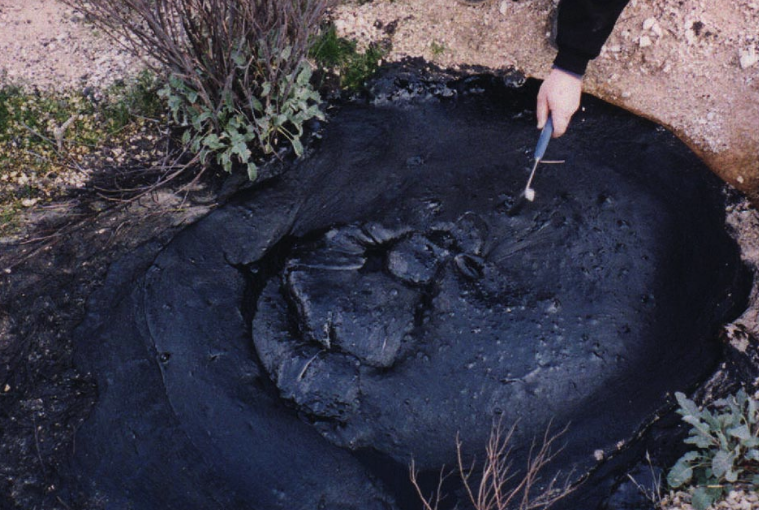
Little wonder then that the lack of exercise, the stress of siting, spudding and drilling multi-million dollar bore holes that probe thousands of meters down for oil and gas, leads many to a state of intense depression, immobility, beard growth (both male and female) and morbid obesity. They eventually abandon the petroleum ecosystem in favour of other more favourable habitats (see below).
Field Advice: Don’t mention climate change, & NEVER feed.
Exploration Geologists are Handsome Buggers
The Exploration Geologist (Homo Geologistus Mirablis)
Regarded by biologists as the evolutionary pinnacle of the Geologist family tree, the Exploration Geologist is charming, erudite company at parties and exudes a palpable sense of career satisfaction mixed with a heady aroma of Old Spice to mask the scent of canned tuna fish oil.
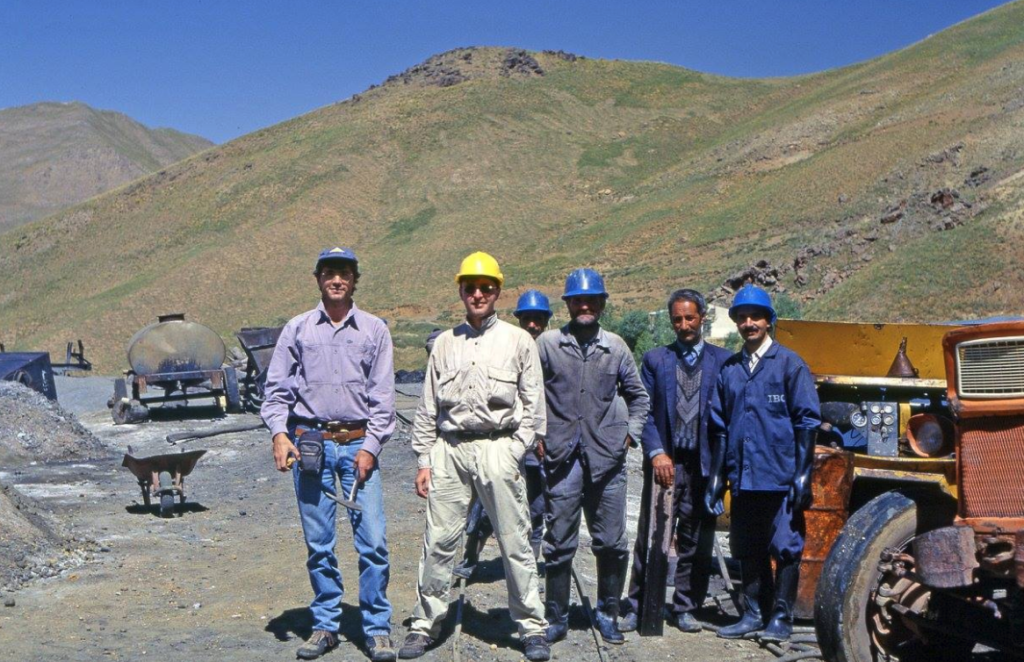
They are engaging company, able to hold long conversations in 2 or 3 languages concurrently, covering any field of science, art, philosophy or current affairs. They are easily spotted in the wild because of the crowds of devoted admirers who follow, pilot-fish-like, at a distance, hoping to catch discarded nuggets of wisdom.
Physically, one arm tends to be stronger and more perfectly formed than the other, the product of years of hammering on outcrops of interesting, potentially useful, shiny rocks that the endangered Mining Geologist may one day get to exploit (see above). Perhaps not the best dressed members of the Geologist Family, they do know their outdoor gear, and are at their happiest browsing camping and hiking shops for new boots, backpacks, water purifiers and thermal underwear.
Field Advice: Pay well. Petting highly encouraged.
Never Trust A Structural Geologist
The Structural Geologist (Homo Geologistus Fabrica Analytica)
Hugely misunderstood by the broader science community, but perhaps one of the more pragmatic and adaptable species of Geologist. They are expert foragers, with an eye for straight lines in maps and photographs that nobody else who’s sober can see.
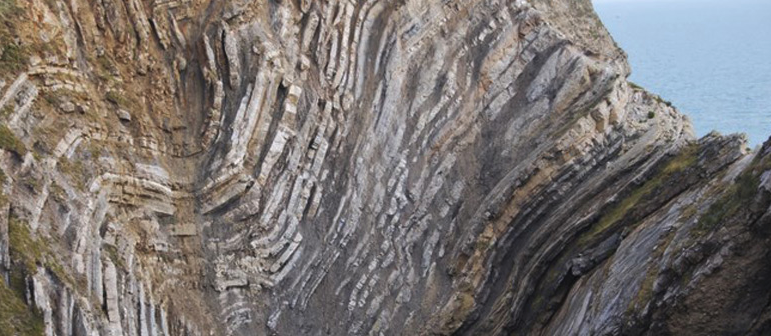
Many make a useful living recycling old reports, which are often sold multiple times to different companies with a simple name change to disguise how ancient and second-hand they are. They are also experts at extrapolating –or is it interpolating? I’m never really sure- the regional geotectonic stress field of the Tethyan belt of Europe, to the orientation of a single 1m long vein of calcite in a small outcrop in Bolivia, and somehow still get paid to do it.
Field Advice: Treat with grudging respect. Check expiry date on reports.
The Geophysicist (Homo Geologistus Physicum)
Often found in close proximity to the Exploration Geologist, but far less popular, Geophysicists should be avoided by the general public. They are prone to using arcane physics terminology, and it is all but impossible to get a firm opinion from one without being electrocuted.

The world of exploration geology is awash with burned-out project managers suffering from PTSD after naively asking a Geophysicist for a “simple fucking interpretation” of their voluminous survey data. It is rare to find 2 geophysicists on the same project who agree with each other, and in their natural habitat, they will kill each other on sight rather than have their interpretations questioned in front of management by rivals of breeding age.
Field Advice: Avoid. Do not under any circumstances ask “if the anomaly is real.”
The Seismologist (Homo Geologistus Terramotus)
Homo Terramotus is a nervous beast, prone to anxiety attacks, and for good reason. Much of what they do involves explosives, earthquakes or large thumpy machines. Although they claim to know more about the inner workings of our planet than anyone else, they’re twitchy because they really know how little they actually know, if you see what I mean, and when things go catastrophically wrong somewhere, nobody ends up happy with them. Terramoti like to pretend to lay people they can just about predict when earthquakes might happen on a major fault, but try whispering “If you get it wrong, where does that leave you in terms of legal liability?” to them at a party and see what happens.

Field Advice: Remember, wherever they are, you shouldn’t be.
Geochemists are in-bred.
The Geochemist (Homo Geologistus Chemiae)
The Geochemist is a highly specialised species that suffers from terrible mental health issues if their multivariate statistical techniques fail to find tenuous and misleading correlations between unrelated element groups.
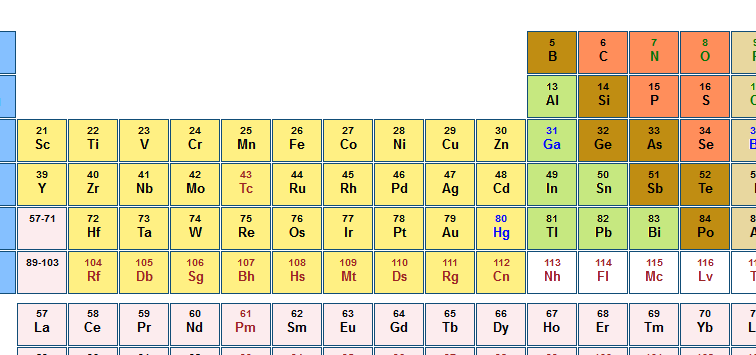
Not easily separated from their enormous lap tops, and known to mercilessly stalk people who work in assay labs, they can be found running their finger tips along dusty window ledges and door frames, while making angry tutting noises. Their diet is unknown, as are their mating habits, if any. The limited population of Homo Chemiae is now thought to be suffering the debilitating genetic effects of generations of in-breeding.
Field Advice. Avoid conversation entirely.
The Academic Geologist (Homo Geologistus Nerdensis)
Nobody really knows why the Species Geologistus-Nerdensis still exists. Evolution left them behind millennia ago. They have the longest gestation period of any mammal, often taking as much as 8 years to give birth to their young, known as Nerdlets, or sometimes by the far nastier term “Graduate Students”.

Almost always lacking basic social awareness, they are ill-prepared for the rigors of modern society. Their appearance is quite distinctive: typically a stooped posture from decades of microscope work, heightened by ill-fitting tweed jackets with elbow patches, a paunch and a slight aroma of bookshelf dust thrown in. As a result, they have been unfairly persecuted and rounded up en masse by the social services in cities across Europe and North America. Most are, quite rightly, charged with serial fashion violations, interned and then deported to holding camps near Oxford in the English midlands.
Field Advice: Treat with sympathy, but do not encourage.
The Paleontologist (Homo Geologistus Fossilium)
Homo Fossilium is the most placid species of Geologist. They collect enormous quantities of petrified bones, fossil leaves and shells and will happily play in their well-equipped laboratories for weeks at a time, cleaning, arranging and re-arranging their finds into attractive but mindless patterns with little scientific benefit.
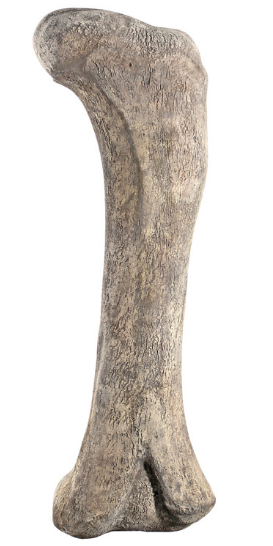
Essentially more biologist than anything else, they appear to be most closely related to the Academic Geologist (see above). It’s not known if the two species can breed and produce viable offspring, but some observers have reported sighting a hybrid –known informally as PaleoDemics- in the wild.
Field Advice: Placid. Best left to themselves. Do not startle.
The Metamorphic Geologist (Homo Geologistus Transfiguro)
Universally known for having the worst sense of humour of any Geologist species. In social gatherings they will, unprompted, start making puns about how “gneiss” their jobs are, and how they love a good “schist” in the field. Once they mention the word “cleavage”, always accompanied by howls of immature giggling and disturbing snorts, most of the adults in attendance will already have left the room.
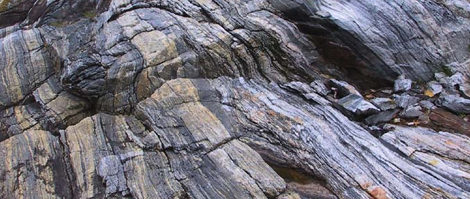
Field Advice: A firm slap to the back of the head is sometimes needed.
Ferrets
The Igneous Geologist (Homo Geologistus Igneus)
Distantly related to Homo Transfiguro (see above). An appetite for danger lurks within every igneous geologist. Given half a chance they’ll hike up the nearest active volcano quicker than a ferret gets up a Yorkshireman’s trousers.

More than one igneous geologist has paid the ultimate price for their science, hideously roasted alive by a pyroclastic cloud, or ripped limb from limb by an exploding volcano, good reasons to avoid hanging around them for too long. Make sure to ask for the precise scientific explanation behind the formation of orbicular granites.
Field Advice: IMPORTANT: Stay away from active volcanoes
Wet. Wet. Wet.
The Hydrogeologist (Homo Geologicus Aquaticus)
It’s important to remember at all times when you encounter Homo Aquaticus in the wild, that it’s actually nothing more than a glorified plumber. They find water in a hole and then they try to move it somewhere else via pipes or tunnels or big ditches. Plumbing, right? Once you understand that, you’ll realise that they’re simple beasts that crave nothing more than an hourly wage, a toolbox and overalls; albeit beasts that attempt to obfuscate what they do by enveloping the lay-person in a dank, rancid fog of pointlessly complex matrix mathematics.
Field Advice: Bring a mop.

The Environmental Geologist (Homo Geologistus Ambientus)
Every proper earth scientist knows at least one sad, broken individual who’s given up on the business and morphed into Homo Ambientus. Ambientus can often be found on old gas station forecourts chained to a small drill rig, or miserably wading knee deep in toxic shit at really, really nasty chemical waste sites. Much like Terramotus, they are perennially anxious because they understand just how bad some of the muck they clean up really is. Often mistaken for deviant fetishists, they like to wear large rubber gloves while fondling small Teflon vials that they fill up with dirty water or sludge. They then test the sludge using machines with fancy names, like hydrocarbon analyzer or laser turbidimeter, when all they really need to do is drink it and see if makes them sick.
Field Advice: Never drink from their water bottle.

The Mineralogist (Homo Geologistus Mineralis)
The mineralogist is viewed with pity by most other species of geologist. They are condemned to a life of painstaking, mind-numbing microscope work, while locked in a small dark room listening to “modern” music like Rick Astley, REO Speedwagon and Janet Jackson. In fact, Janet Jackson’s breast-revealing wardrobe malfunction at the Superbowl is often quoted as the first and only sexual experience most mineralogists have had. Shunned by others and never invited to parties, they suffer from constantly red eyes and need new glasses every 3-4 months. Their offices are lined with racks of shallow drawers holding their truly epic collections of microscope slides (augite from Iceland, olivine from an inclusion in pyroxene, fubbite, quartz with an unusually high refractive index. The fascinating list goes on and on and on and on). That’s all I really want to say about them.
Field Advice: If they break out the microscope, run.
The Sedimentary Geologist (Homo Geologistus Accumulatio)
Acknowledged by most animal behaviourists to be the least intelligent species of geologist. The sedimentologist often has trouble understanding simple verbal commands, and needs regular refreshers on basics such as toilet training. Their precise contribution to the science of geology remains unclear. They are prone to droning on at length about paleo-water depths and flow directions, subjects no sane person would give a moments thought to. They also find it endlessly fascinating to count the number and type of different pebbles in conglomerates and will then tell you about the “geology of the hinterland”. Gripping. Only a sedimentologist could love another sedimentologist.
Field Advice: Nothing helps.
So there you have it. All you ever wanted to know about the species Homo Geologistus. Let me know if I missed any!


Speaking as an engineer (the top of the pile so to speak) very good id of the various sub- Species. You may have to be careful about attacks eg microscope jammed up your you know what.
Indeed. Best to back away from the mineralogist carefully, while throwing Janet Jackson CDs on the ground in front of you to distract them.
Has anyone ever called your group a bunch of Murderers? Because you are. You forgot one sub-sub set of geologists: Petroleum geologists who become environmental consultants. And I am an anthropomorphic climate change skeptic.
It’s not our fault that collectively we’re called a Murder.
Very thorough list, though I was sorry to see that sub-sub-species such as the environmental geologist, weren’t included.
Thanks. I hear you re; Homo Geologistus Ambitus. 1) I forgot, and 2) the list had to stop somewhere and was threatening to become too long. Have a crack yourself – send me something!
What about the specimen geologist that collects mineral specimens and speaks frequently like gohlem about his/her precious….
Goddamit, You’re describing me.
https://urbancrows.com/2018/11/05/crystal-power/#more-297
Seismologists!! You know, love a geologist feel the earthquake 🙂
there’s a whole lotta shaking going on. Also been pitched environmental geologists. Might have to add both today. Check back for an update…
So what made you decide which branch to follow? The upright walk, the smart hat, the Hammer?
Interesting!
the money.